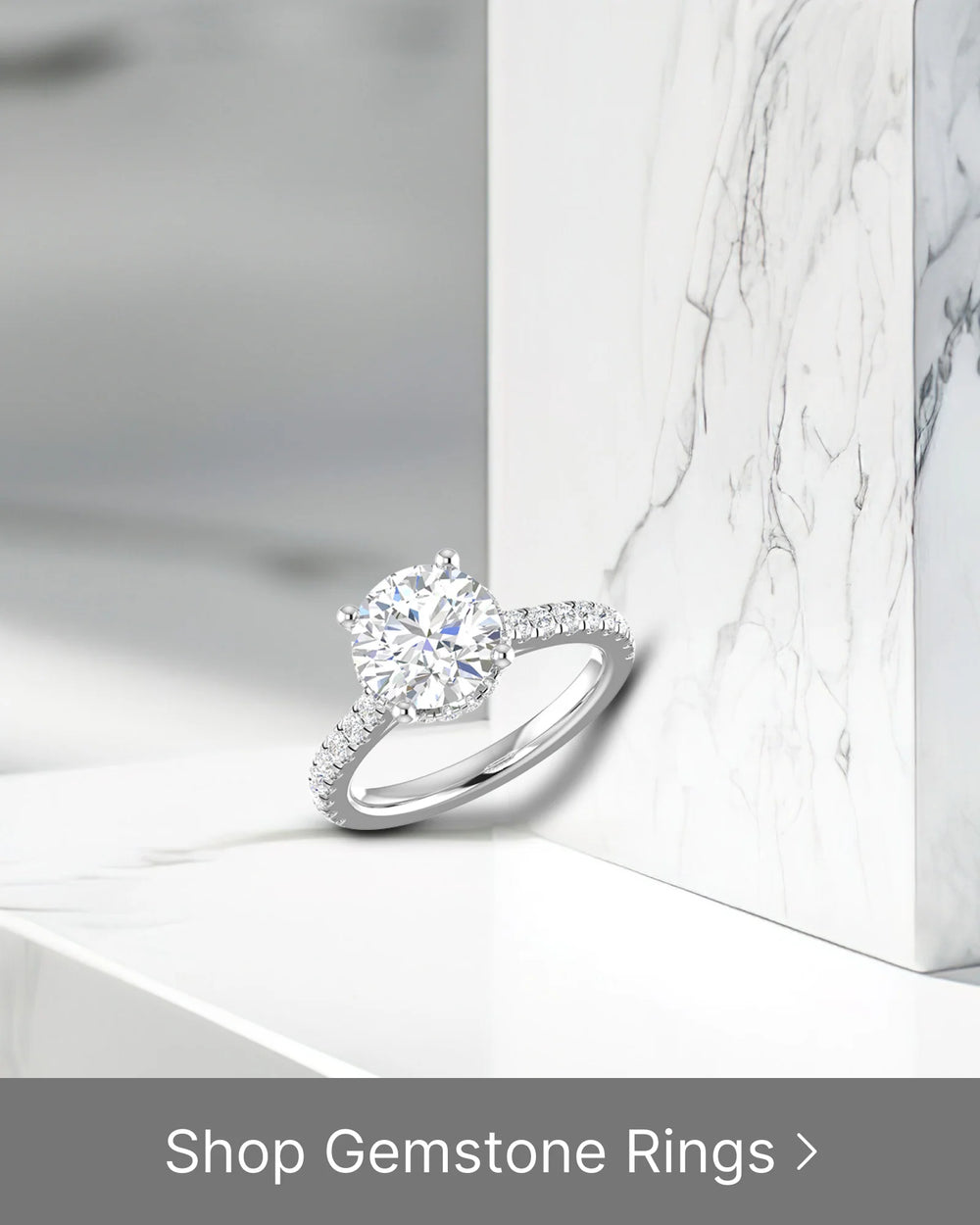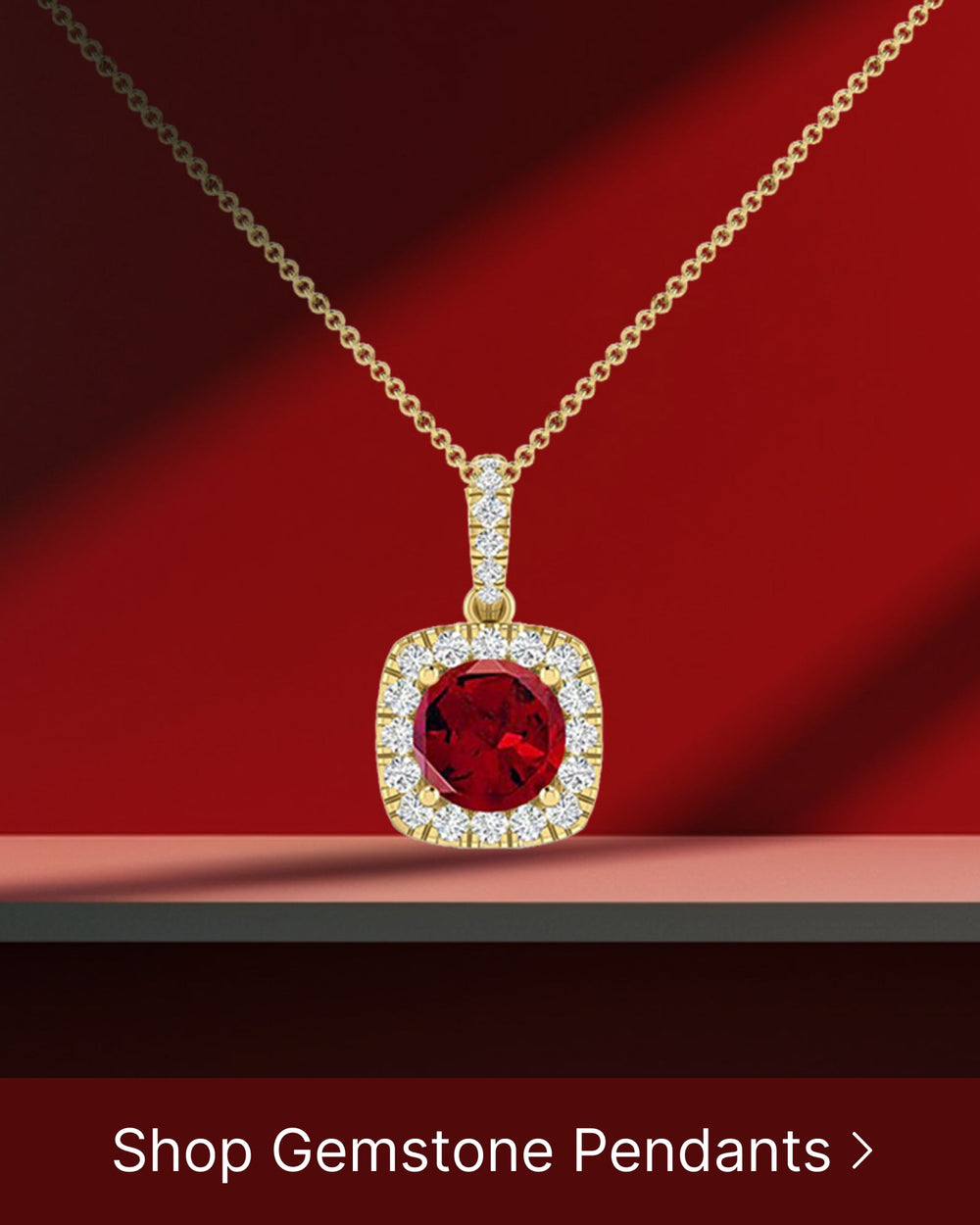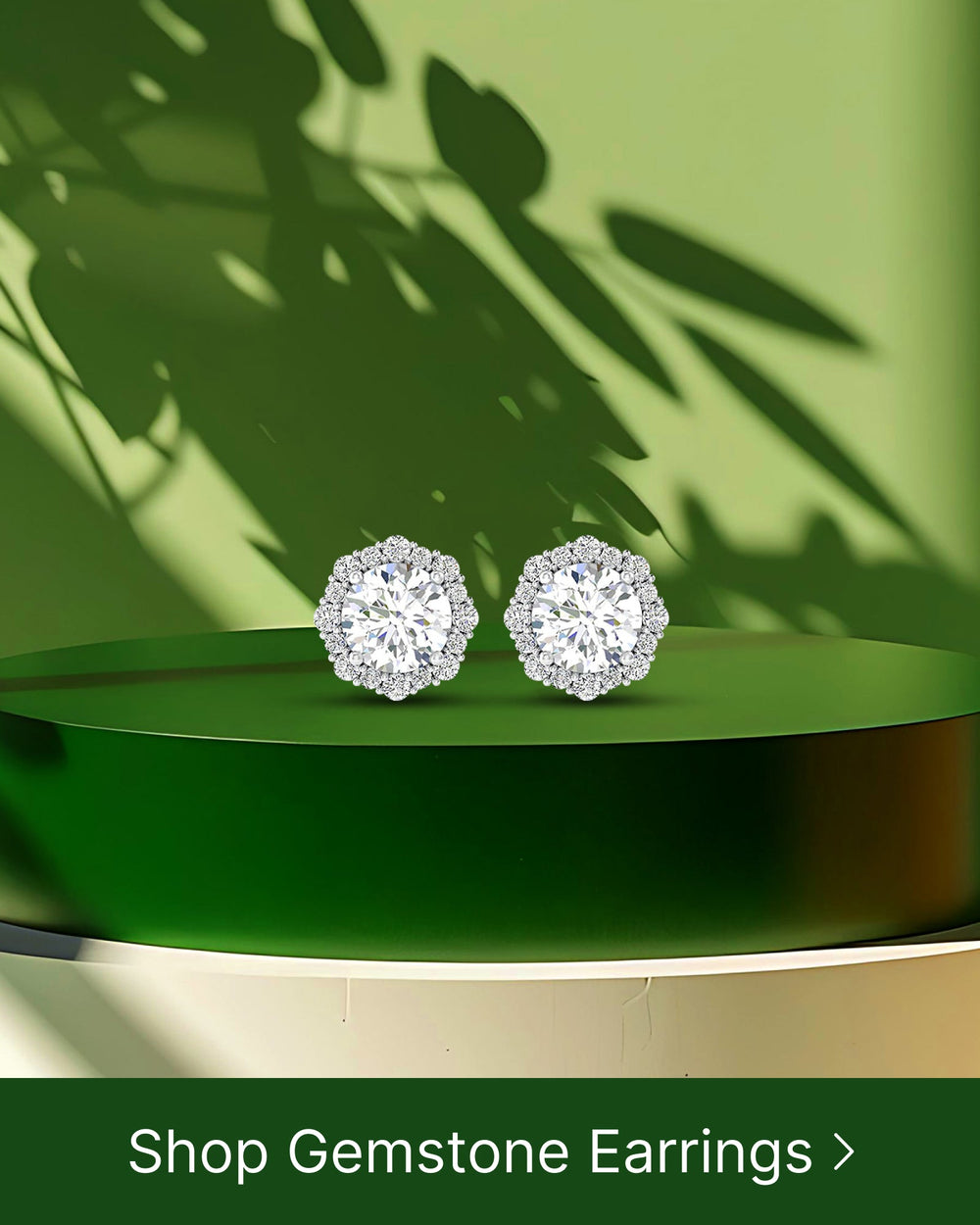Opals are one of the most enchanting gemstones known to mankind. Their iridescent colors and unique properties have captivated people for centuries. In this article, we will delve into the fascinating world of opals, exploring their formation, the different types available, the science behind their colors, and the symbolism and meaning associated with each shade. We will also discuss their role in jewelry and fashion, providing tips on how to choose the right opal and care for your precious pieces. Finally, we will touch upon the future of opals, exploring their potential in technology and industry, as well as the importance of conservation and sustainability in opal mining.
Understanding the Opal: A Brief Overview
Before we dive deeper into the world of opals, let's take a moment to understand what they are. Opals are gemstones formed over millions of years through a combination of water and silica. They are composed of tiny silica spheres arranged in a unique pattern, creating their play-of-color phenomenon.
Opals have long captivated the human imagination with their mesmerizing beauty and mysterious origins. These gemstones, with their kaleidoscope of colors, have been revered and treasured throughout history. But what exactly goes into the formation of these exquisite gems? Let's explore the fascinating process behind the creation of opals.
The Formation of Opals
The formation of opals is a complex and fascinating process. It begins with water seeping down into the earth, carrying dissolved silica with it. Over time, this silica-rich water finds its way into cracks in rocks, eventually solidifying into opals.
Picture this: deep beneath the Earth's surface, water laden with dissolved silica slowly makes its way through the intricate network of underground channels. As it moves, it encounters various minerals and elements, each leaving its mark on the opal's final composition. The journey of the water is a testament to the geological forces at work, shaping the opal into a unique and captivating gemstone.
Opals can form in various environments, including sedimentary rocks, volcanic rocks, and even fossils. The conditions in which opals are formed determine their characteristics and appearance. Sedimentary opals, for example, are created when silica-rich water infiltrates layers of sediment and gradually solidifies. Volcanic opals, on the other hand, are formed in the fiery depths of volcanic eruptions, where intense heat and pressure give rise to their vibrant colors and patterns.
The Different Types of Opals
Opals come in a wide array of colors and patterns, making them truly unique gemstones. The most common types of opals include white opals, black opals, boulder opals, and crystal opals.
White opals, with their light body color and vibrant play-of-color, evoke a sense of ethereal beauty. These opals are often found in Australia, where they are cherished for their delicate hues and captivating iridescence. Black opals, on the other hand, exhibit dark body tones that enhance the play-of-color, creating a mesmerizing effect. These opals, found primarily in Lightning Ridge, Australia, are renowned for their intense and dramatic displays of color.
Boulder opals, as the name suggests, are formed on ironstone, which gives them a natural brownish background. These opals, found in Queensland, Australia, are prized for their unique combination of earthy tones and vibrant flashes of color. Crystal opals, on the other hand, are transparent or semi-transparent, showcasing their play-of-color with exceptional clarity. These opals, often found in Mexico and Brazil, are revered for their crystal-clear beauty and captivating brilliance.
Each type of opal has its own distinct charm and allure, making them highly sought after by collectors and enthusiasts alike. Whether you are drawn to the delicate beauty of white opals or the mesmerizing depths of black opals, there is an opal out there waiting to capture your heart and imagination.
The Color Spectrum of Opals
Opals are truly mesmerizing gemstones, known for their broad spectrum of colors that can captivate anyone who lays eyes on them. From fiery reds to vibrant blues, opals have the ability to display almost every color imaginable. But have you ever wondered what exactly causes this stunning display of colors?
The science behind the colors in opals is truly fascinating. It all comes down to light interference. When light waves pass through the tiny silica spheres present in the gemstone, they diffract and scatter, creating a mesmerizing spectrum of colors that seem to dance and change as the opal is moved. This phenomenon is similar to the iridescence seen on soap bubbles or oil slicks, where the colors shift and shimmer as the angle of observation changes.
The Science Behind the Colors
Let's delve a little deeper into the science behind the captivating colors of opals. The silica spheres present in the gemstone are arranged in a regular pattern, creating a three-dimensional grid-like structure. When light enters the opal, it encounters these spheres and is diffracted, causing the different colors to separate and become visible to our eyes. The size and arrangement of these spheres determine the specific colors that are displayed by the opal.
Interestingly, the play-of-color in opals can vary depending on the angle of observation. As you rotate and tilt the opal, the colors can shift and change, creating a mesmerizing display that seems to come alive. This unique characteristic sets opals apart from other gemstones and adds to their allure.
Common and Rare Opal Colors
While opals can exhibit a wide spectrum of colors, some shades are more common than others. White and green opals are among the most common varieties, with their subtle hues and delicate play-of-color. These opals often have a soft and ethereal appearance, exuding a sense of tranquility and calmness.
On the other end of the spectrum, we have the rare opal colors that are truly extraordinary. Red, orange, and violet opals are considered to be extremely rare and highly sought after by collectors and enthusiasts. These vibrant and intense colors are a true feast for the eyes, captivating anyone who has the privilege of witnessing their beauty.
It's important to note that the rarity of certain opal colors is influenced by various factors, including the specific location where the opal was formed and the presence of certain impurities or trace elements. These factors contribute to the uniqueness and desirability of opals with rare colors.
Next time you admire an opal, take a moment to appreciate the intricate science behind its captivating colors. From the diffraction of light to the arrangement of silica spheres, opals are a true marvel of nature, showcasing the wonders of light and color in a way that is simply breathtaking.
Symbolism and Meaning of Opal Colors
Beyond their captivating beauty, opals have also been associated with rich symbolism and deep meanings throughout history. Different cultures and civilizations have attributed various interpretations to the different colors of opals.
Historical Beliefs and Legends
In ancient times, opals were believed to possess mystical powers and were associated with supernatural abilities. The ancient Greeks, for example, believed that opals were formed from the tears of joy shed by the gods. According to Arab folklore, opals fell from the heavens during lightning storms, carrying the powerful energy of both fire and water.
Modern Interpretations and Associations
In modern times, opals have gained a reputation for their association with love, passion, and creativity. Different opal colors are often associated with specific qualities and energies. For instance, white opals are believed to enhance purity and spiritual love, while blue opals encourage calmness and communication.
The Opal in Jewelry and Fashion
Opals have long held a prominent place in jewelry and fashion due to their unique appearance and versatility. Whether you prefer dainty earrings, statement necklaces, or elegant rings, opals can be incorporated into various designs to add a touch of magic to any outfit.
Choosing the Right Opal for You
When selecting an opal for jewelry, it is important to consider factors such as color, play-of-color intensity, and durability. Opals with intense and vibrant colors are often considered more valuable, while those with a broad play-of-color are particularly prized.
It is also crucial to assess the durability of the opal, as they can be relatively soft compared to other gemstones. Setting an opal in a protective bezel or choosing opal doublets or triplets can help enhance their longevity.
Caring for Your Opal Jewelry
Proper care is essential to ensure the longevity and brilliance of your opal jewelry. Opals should be stored in a soft cloth or pouch to protect them from scratches. It is also important to avoid exposing opals to extreme temperatures and harsh chemicals.
Regular cleaning with a mild soap and water solution can help maintain the beauty of opals. However, harsh cleaning methods, ultrasonic cleaners, and steam cleaning should be avoided to prevent damage.
The Future of Opals
Opals have a bright future ahead, with emerging technologies and changing trends opening up new opportunities for these captivating gemstones.
Opals in Technology and Industry
Opals have a unique property called opalescence, which makes them valuable in certain industries such as optics and electronics. Their ability to diffract light can be utilized in lasers, optical filters, and sensors.
Conservation and Sustainability of Opal Mining
With the increasing demand for opals, it is essential to ensure that opal mining operations are conducted sustainably and responsibly. This includes implementing proper mining practices to minimize environmental impact and supporting ethical sourcing.
In conclusion, opals are truly captivating gemstones that have fascinated humans for centuries. Their formation, colors, symbolism, and role in jewelry and fashion all contribute to their mystique. As we continue to unravel the secrets of opals, it is crucial to appreciate their beauty while ensuring their sustainability for future generations to cherish.





